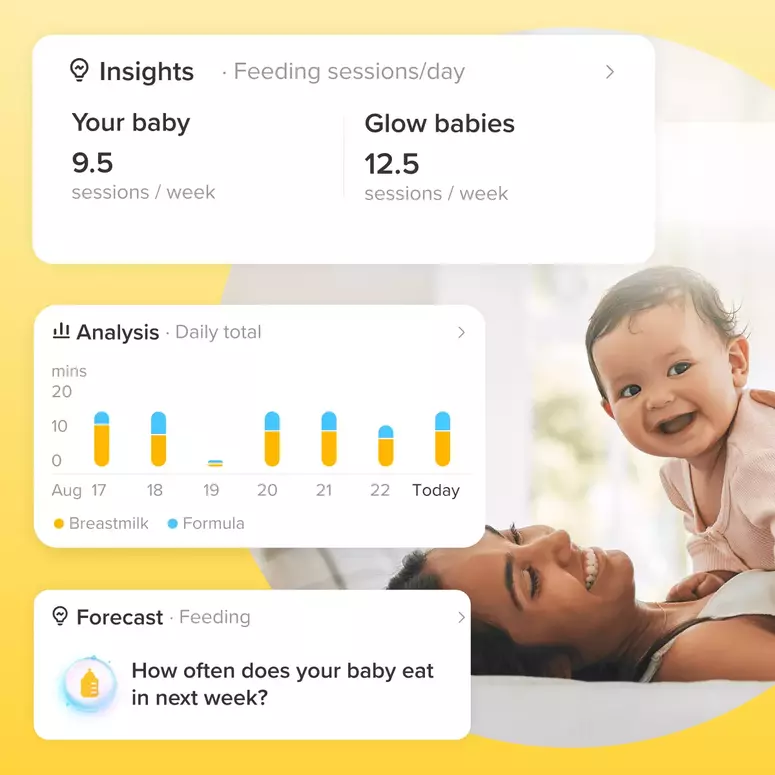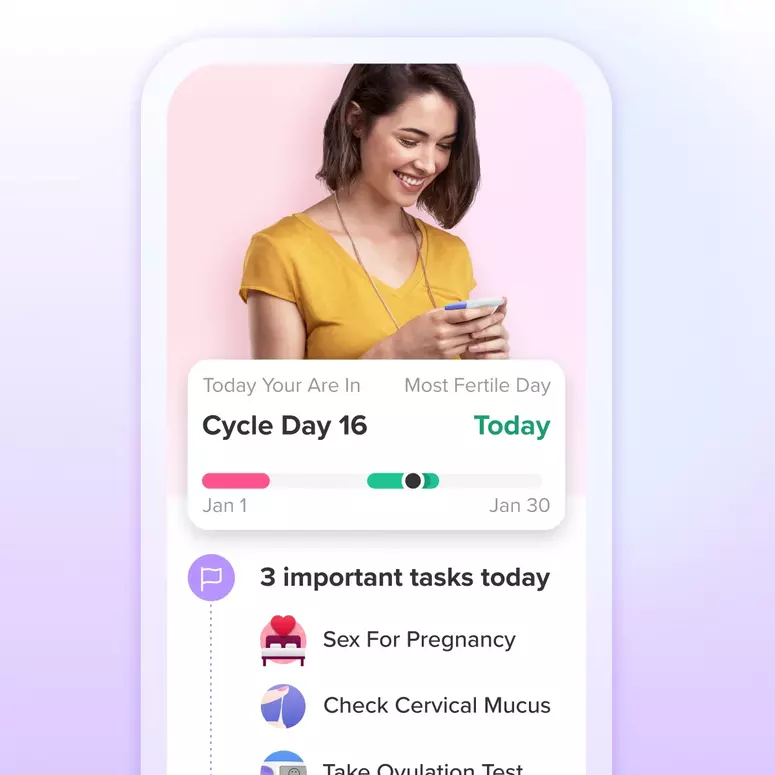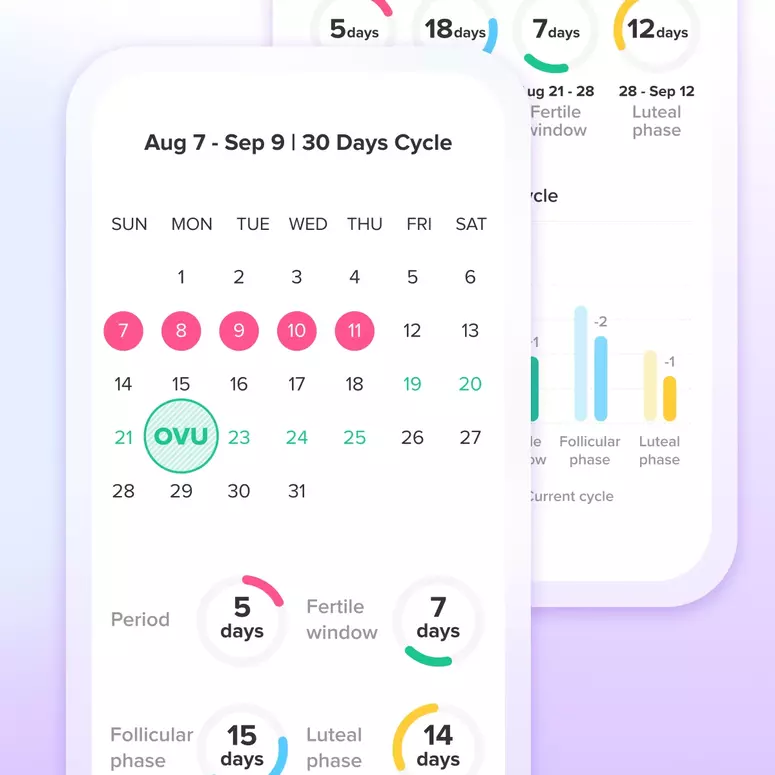As a new parent, it’s natural to have a multitude of questions about caring for your newborn, and one common concern is how often to bathe your little one. In this comprehensive guide, we’ll address this question and provide you with practical insights and expert advice on bathing frequency for newborns. Let’s dive in!
1. Understanding the Newborn’s Skin
Before we discuss bathing frequency, it’s crucial to understand the delicate nature of your newborn’s skin. At birth, your baby’s skin is highly sensitive and vulnerable to irritation and dryness. The outermost layer of their skin is thinner and more permeable, making it more prone to moisture loss and potential infections. Therefore, adopting a gentle and cautious approach to bathing is essential to maintain their skin’s health. [1]
2. Initial Weeks: Sponge Bathing
During the first few weeks after birth, most healthcare professionals recommend giving your baby a sponge bath instead of immersing them in water. Sponge bathing involves using a warm, damp washcloth to clean your baby’s face, neck, hands, and diaper area. This method helps keep your newborn clean while avoiding excessive exposure to water, which can be drying to their delicate skin.
3. Establishing a Bathing Routine
Around the age of one month, once your baby’s umbilical cord stump has fallen off and the circumcision site (if applicable) has healed, you can transition to giving your newborn regular baths. Establishing a consistent bathing routine can provide a sense of comfort and familiarity for your baby. Aim for a warm bath two to three times a week, using mild, fragrance-free baby soap and shampoo.[2]
4. Adapting to Your Baby’s Needs
Every baby is unique, and their bathing needs may vary. Factors such as your baby’s skin sensitivity, climate, and overall health should guide your bathing frequency decisions. If your little one has particularly dry or sensitive skin, you may choose to bathe them less frequently to avoid further drying or irritation. However, always ensure to keep their diaper area clean and dry during diaper changes.
5. Signs of Over-Bathing
While maintaining good hygiene is crucial, it’s equally important not to overdo it when it comes to bathing your newborn. Overbathing can strip their skin of its natural oils, leading to dryness and irritation. [3] Watch out for signs such as redness, flaky skin, or excessive dryness, as they may indicate that you’re bathing your baby too frequently. Adjusting the frequency accordingly can help restore their skin’s natural balance.
6. Other Bathing Considerations
In addition to bathing frequency, there are a few other factors to consider for your newborn’s bathing routine. Ensure the room is warm and draft-free to prevent your baby from getting cold. Always support their head and neck during bath time to avoid accidents. Furthermore, keep in mind that while bathing is an important aspect of newborn care, it’s just one component among many that contribute to their overall well-being.
Determining the right bathing frequency for your newborn requires balancing their hygiene needs while safeguarding their delicate skin. By understanding the unique characteristics of your baby’s skin and adapting to their individual needs, you can establish a bathing routine that promotes their comfort and overall health. Remember, each baby is different, so consult with your pediatrician for personalized guidance. Happy bathing!
Sources
[1]https://www.stanfordchildrens.org/en/topic/default?id=bathing-and-skin-care-for-the-newborn-90-P02628
[2] https://www.aad.org/public/everyday-care/skin-care-basics/care/newborn-bathing
[3] https://nortonchildrens.com/news/how-often-to-bathe-baby/




